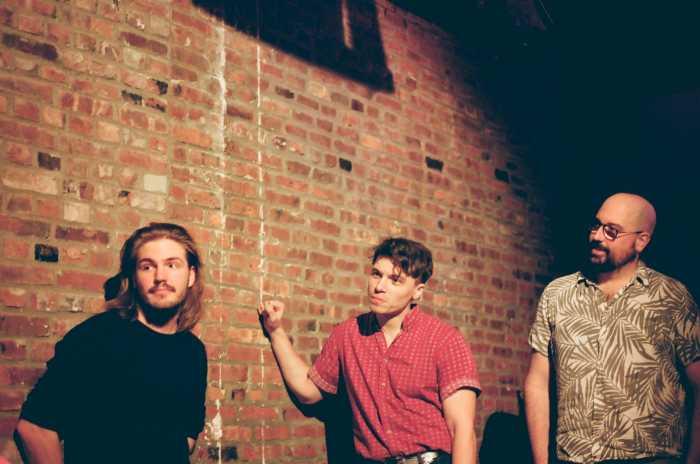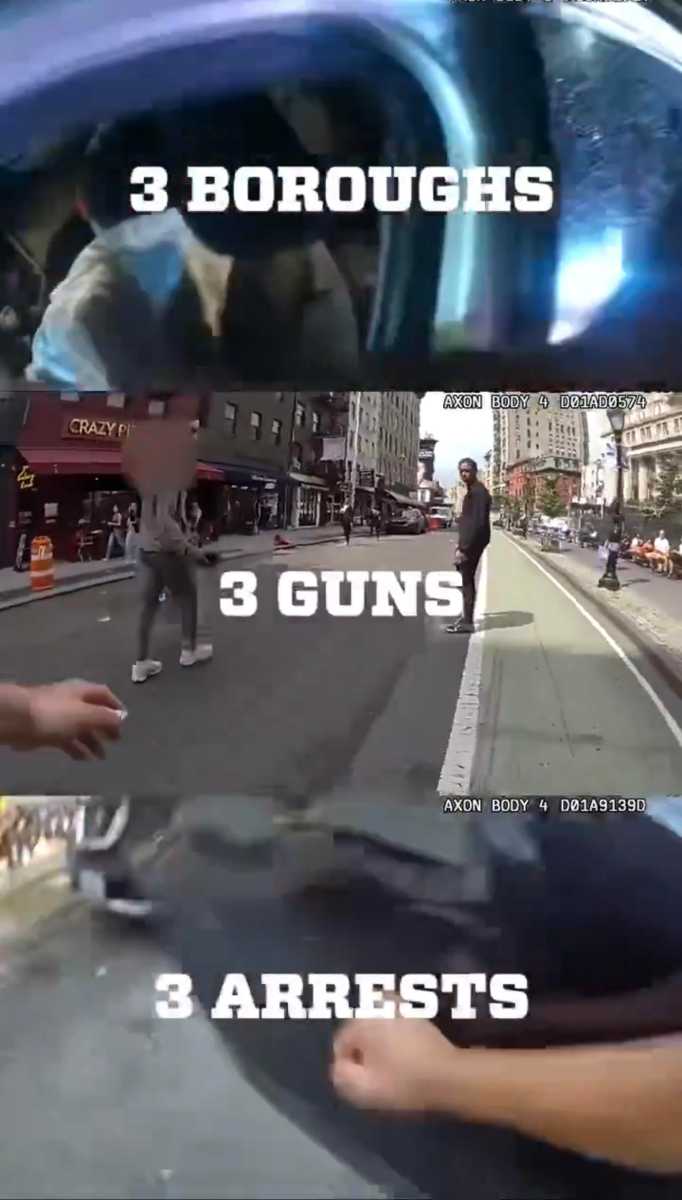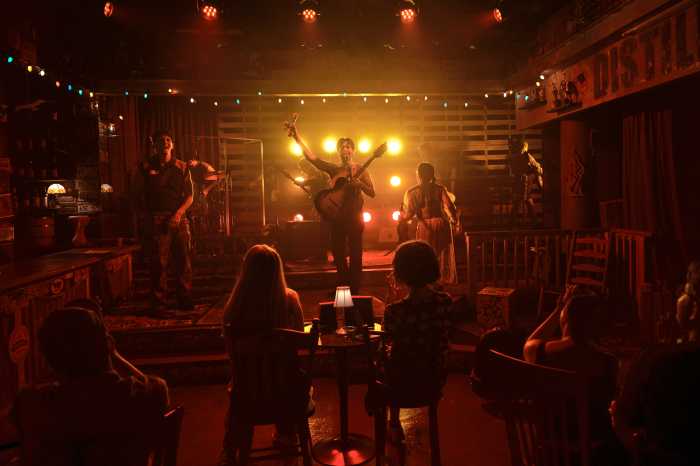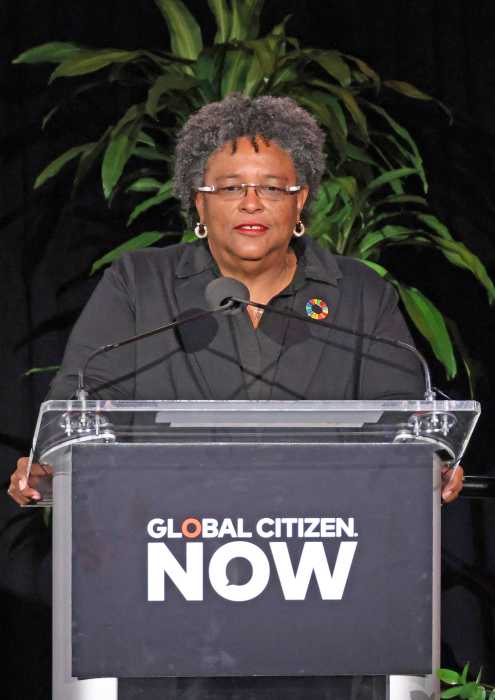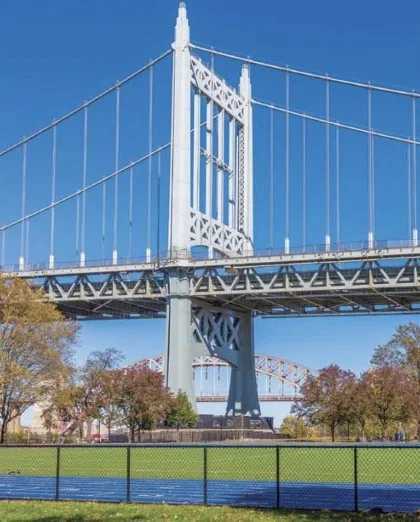Readers of this week’s front-page story (“Parks Conservancy on hip-hop snub: It wasn’t us!”) will notice that the article corrects a couple of mistakes from last week’s report that a two-year-old hip-hop festival had been kicked out of Empire–Fulton Ferry State Park by the Brooklyn Bridge Park Conservancy.
That article was wrong to suggest that the Conservancy has control over the bookings at the state park. And it was wrong to suggest that the hip-hop festival had definitely been canceled (negotiations are ongoing, as we report this week).
But though we got those details wrong, our story was right on its central issue: that the state’s condo, commercial and open-space development commonly called Brooklyn Bridge Park will never truly be the public park that its planners have promised. Once the decision was made to finance the upkeep of the “park” from the maintenance fees of the luxury tenants who live within its borders, all hope of creating that much-touted “Central Park” for Brooklyn was lost.
Brooklyn Bridge Park does not even exist yet, and we’re already seeing the tension between residents of the area around the park site and the activities that programmers want to put there.
Hip-hop festival organizer Wes Jackson and the state Parks Regional Director Rachel Gordon admitted as much this week. Both were in damage-control mode after we wrote that Jackson’s 2008 festival had been cancelled to make room for a Shakespeare production.
Yet their spin revealed a great deal. Jackson, for example, put out a press release — a press release! — admitting that homeowners around the park “may not want to hear Tony Starks [a.k.a. Ghostface Killah] outside their front window.”
And even as she praised the festival, Gordon explained that she had serious problems with it.
Thankfully, Brooklyn Bridge Park Conservancy Executive Director Marianna Koval is on the side of the festival. Then again, she has to be: With no actual “park” at this point, Koval’s job amounts to convincing the communities closest to the site — DUMBO, Brooklyn Heights and Cobble Hill — that the future “Brooklyn Bridge Park” will be truly public, and not merely a waterfront playground for the well-heeled condo owners whose fees maintain it (Battery Park City, anyone?).
Koval is doing a good job of programming interesting, popular events and activities — but bigger public events, ones like the hip-hop festival that could truly make “Brooklyn Bridge Park” more akin to Central or Prospect parks — will continue to a create tension among people living around (and, as time goes by, inside) the park’s footprint.
It raises the question: What will happen to events like this when those “insiders” are footing the bill?











